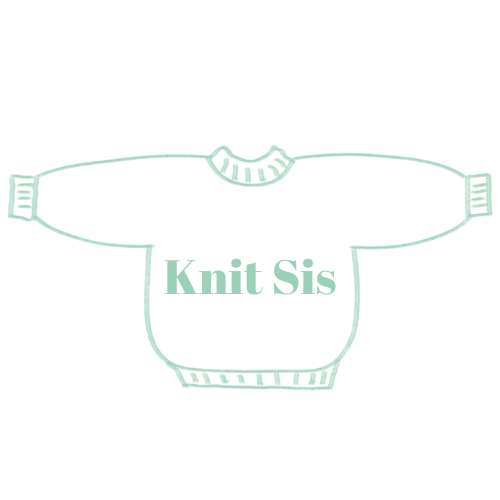Knitting Cables: The Complete Guide to Understanding and Learning How to Do It
Knit SisShare
Have you been knitting for a short time (or always) but have you never tried cables?
It's understandable, requiring an additional needle this technique can seem a little complex to understand. But don't panic, with this step-by-step guide you will very quickly become the queen / king of cables and want to add more to all your projects.But first of all, what is a knitted cable?
The cable will have the principle of “reversing” or shifting (to the left or right) a defined number of stitches. This allows you to create an impression of volume on projects and to create super cool patterns. These can be simple, double or combined with other stitches to create even more original patterns.
Before we start, let's talk about equipment (necessary material; you get the idea)
To knit cables you will need:- Knitting needles (so far so good)
- Stitch marks (we're planning ahead, but for a more complex pattern this will save you from having to count the stitches non-stop)
- From an auxiliary needle (clearly the centerpiece; don't worry, it may look menacing or difficult to use, but that's just how it looks). Also called a cable needle, although I have my doubts about the official nature of this name.
- Knitting yarn (again, I don't think we'll surprise you that much)
The Basics of Cable Knitting
Before you embark on more ambitious projects, it is essential to master the basic stitches (right side and wrong side). Once you master the principle, nothing will stop you (and once again, you will see, more fear than harm)How to Knit a Cable: Step-by-Step Guide
-
Reading the diagram: As with many techniques, diagrams are key. They will help you understand the number of stitches to “twist”, the frequency, the direction, etc. Being able to read and decipher them will make the next steps easier.
-
Prepare the stitches to twist: On your famous auxiliary needle (seen in the necessary material above) slip the number of stitches indicated. Depending on the direction of the twist; you can then place the auxiliary needle on the right side of your project or on the back
-
Twisting the stitches: Knit the following stitches on your left knitting needle, then pick up the stitches set aside on the auxiliary inc and knit them. Tadaam, you have made your first Twist.
Project Ideas for Beginners
To get started with twists, start with simple projects like:- A scarf: Ideal for experimenting with different types of twists.
- Mittens: A quick and rewarding little project.
- Squares: You can then assemble these squares to create a blanket or a cushion.
- And when you're ready for more, you can try our Twist and Shout cardigan . It's our very first pattern with Cables and honestly, it definitely won't be our last.
Find some of our dedicated videos on the subject right here
And tell us in the comments what will be your first project with twists or what type of model you would like to have with twists.








